Like many other photo enthusiasts in the world, let’s welcome the latest beta version of Adobe’s Lightroom. Often enough we see updates to programs, adding a few options that we probably will never use. But this looks different. Now I’m not a Lightroom specialist, even if I use it for all my pictures. Currently a “meagre” 11,000 of them. My collection is growing fast. It needs care and attention. Lightroom 3 has a whole bunch of improvements that are worth talking about. I will take two of them here for a closer look.
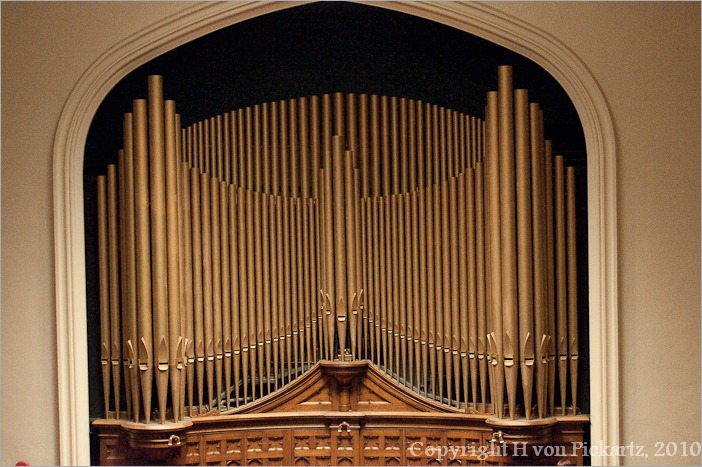
The pictures I will present here will be a little different than what you are used to until now. But let’s take a look anyway, ok?
A few days ago I downloaded the Beta 2 version of Adobe Lightroom 3. (Download here, it’s free and legal)
The one most important novelty of Lightroom 3 for me is noise reduction. With a camera like a Nikon D3 or D700, you may not have much trouble with noise, but many of us are playing in the D60, D90 park. For Canon an EOS 50D in this case.
So, when you find yourself in a place like in a church for a concert, you may not be able to use your flash. In fact it’s almost certain. The church is too big to be lit by the on camera flash and you won’t be able to bring light stands and other stuff.
So you end up shooting handheld, or camera on a mini tripod like me for this picture, and to get the singers of the choir (omitted here) at least recognizable, you will have to use a high ISO. The organ picture has a 6400 ISO value.
When you say 6400 ISO, you also say NOISE. The introduction picture has not been modified here, so let’s take a look at the lower left corner of the organ in a little close-up:

Straight out of the camera, the noise is there, there’s nothing else to say.
Using Lightroom 2 noise reduction we end up with this:
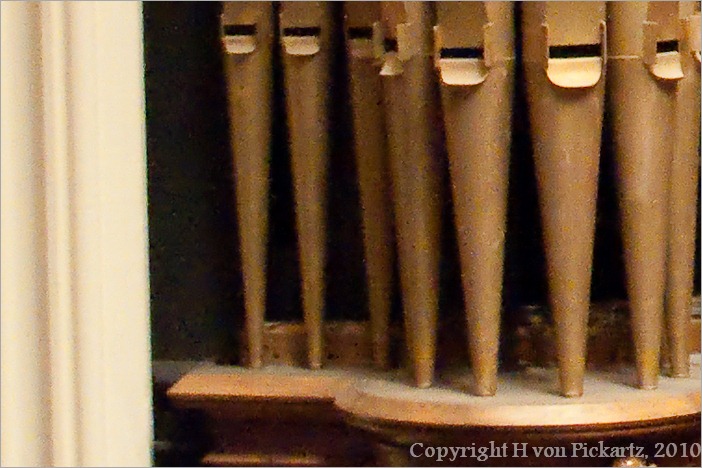
Already a good job, almost suitable for printing. If you exclude the poster sized prints, that is. Lightroom 3 has a different noise reduction engine. It will use different algorithms and methods to combat the noise.
This is what LR3 is capable of :
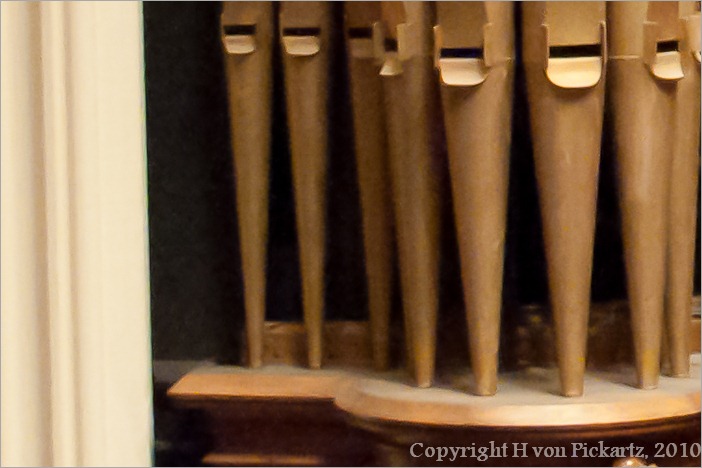
You may not like the result completely, but admittedly the result is a LOT better than the original or the LR2 version. Now if you consider that this is a 1:1 image, you may never see as much detail in any of your prints.
Here is the complete picture again, with the latest noise reduction applied:
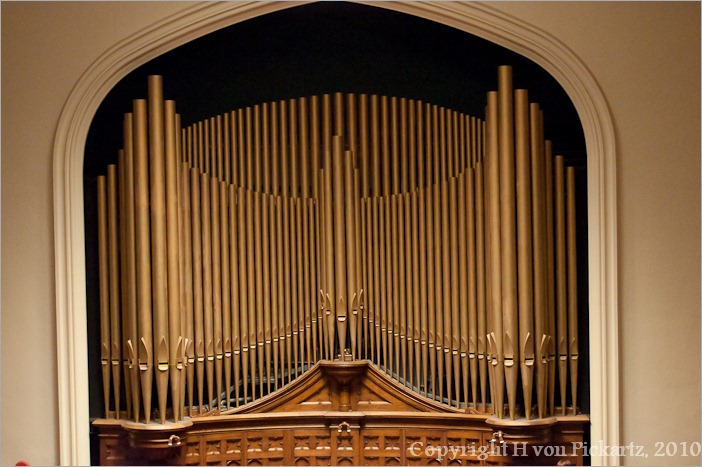
Quite a difference with the original version, eh?
The next thing is the curves in Lightroom. In LR2 the curves for improving your pictures were pretty stiff. No way of adding points or getting out of the fixed paths that were set in Lightroom. Now this is different.
It means that now we can adjust pictures exactly the way we want to, but can also go “over the top” and create something totally new.
Let’s take a fairly standard picture like these ice formations at the Pinawa Dam.

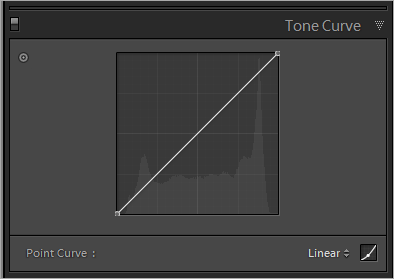 The corresponding tone curve
The corresponding tone curve
You could say that they look like teeth… ok, fair enough, this picture is not something I would publish in a book. Now let’s see what we can do with curves. Those of us who use Photoshop for manipulating images (for lack of a different tool) can now do the same thing right inside Lightroom. No more need to export, manipulate and re-import the picture.
This freaky and almost poisonous look can be obtained in mere seconds:
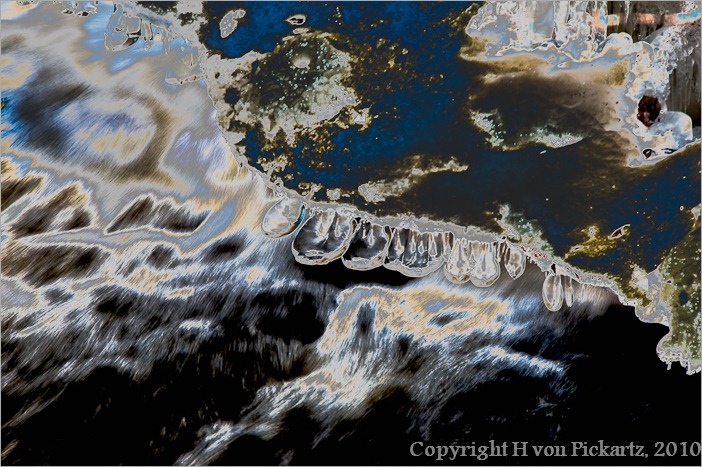
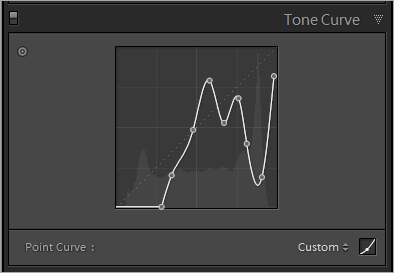 The freaky tone curve
The freaky tone curve
Now it looks more like a satellite picture than like some aggregations of ice over fast flowing water. Cool, eh?
Another thing you might have noticed is the watermarks. LR3 now allows for usable watermarks on exported pictures. You can control mostly everything, from font, size and position to transparency. I promise I will not make too much use of these here, for me it always distracts from the picture. And if it doesn’t distract, it’s not worth having it in your picture anyway.
Let’s keep in mind that this is still a beta version and is not meant to be used for production. We can already appreciate the program (at least until July 1st 2010 when this version expires). Lots of stuff still to add and to tinker with…
